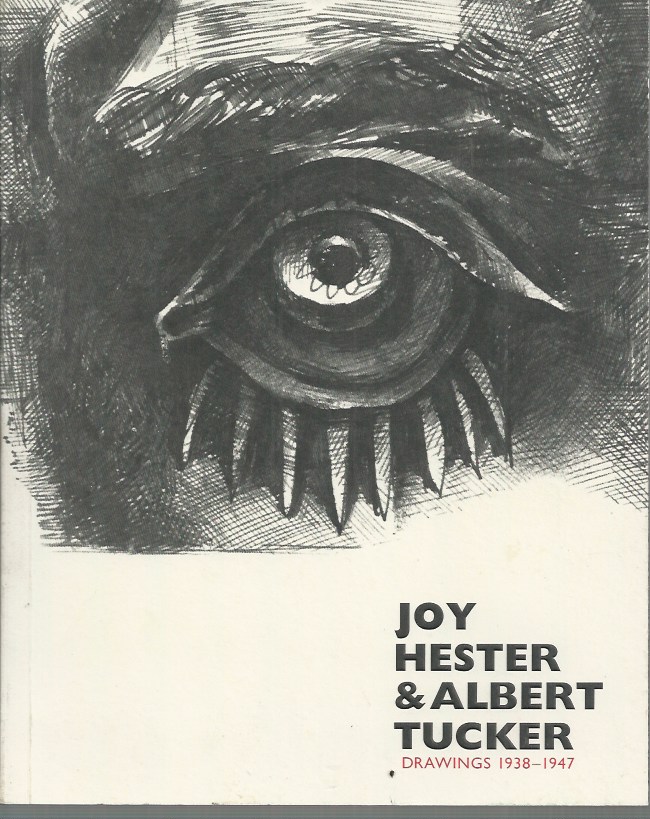AUSTRALIAN ART
Catalogue accompanying exhibition at Heide Museum. Essay explores points of connection and interchange in the art of two significant Melbourne artists, Albert Tucker and Joy Hester, from the nine year period they spent together. At the time of their first meeting in 1938, the largely self-taught Tucker was making a name for himself as an artist, while Hester was a student at National Gallery School. As their personal relationship developed so too did their interest in European modernist art. They often depicted similar subjects from portraits and figure studies to visions of the human suffering they witnessed during the Depression and war years. Their approaches to art making however, while equally intense, came from opposite ends of the spectrum: Tucker’s vision was cerebral and didactic while Hester considered hers `elemental, a deeply personal expression of emotional reality’. Hester increasingly provided inspiration for Tucker, not only as his muse but also in terms of her direct and vital response to the world. Each respected and was influenced by the other’s vision and explored shared concerns, including the psychological impact of war, and the poetry of T S Eliot and Ezra Pound.
pp. 48 illusts #230623
Joy Hester and Albert Tucker: Drawings 1938-1947
$25.00
Sold Out
Additional Information
| Author | Kendrah Morgan |
|---|---|
| Number of pages | 48 |
| Publisher | Heide Museum of Modern Art |
| Year Published | 2010 |
| Binding Type | Stiff card covers. |
|---|---|
| Book Condition | Fine |
